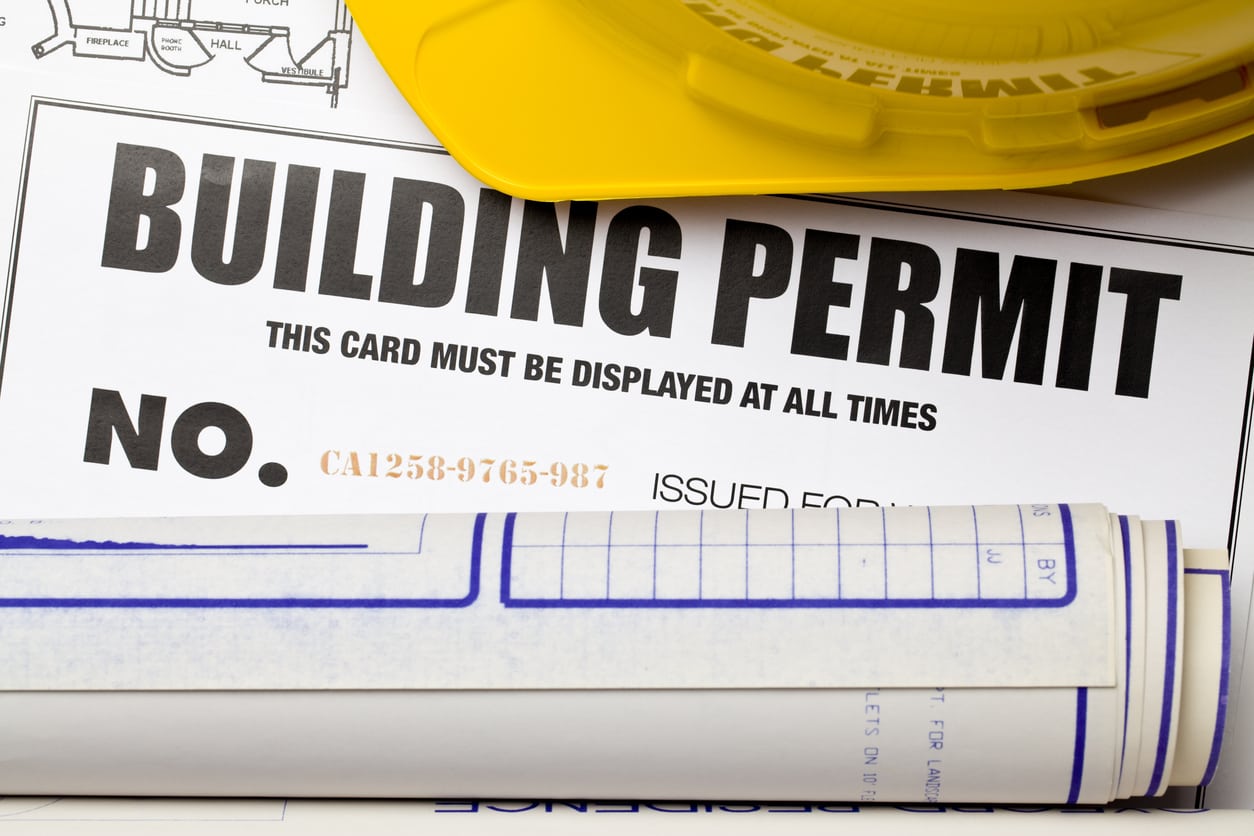
By Helen Callier, Contributing Writer
Picture this: you sip your favorite cup of coffee, log into a jurisdiction permitting e-portal to check the status of your plan reviews, then you take a double-look at the screen and shake your head wondering why you have received multiple pages of rejection comments from plan reviewers. What the heck is going on and what are they doing with your project? Your project is straight-forward and there’s just gotta be something wrong with the plan reviewers, right?
We get it and have heard many stories from contractors and architects sharing how plan reviewers do not know what they are doing and are out to get you. Contractors go on to say that responding to pages of rejection comments costs money and pushes back the start of construction and then they ask what can be done to minimize the loss.
Here’s what we know for sure, plan reviewers do make mistakes. Yes, that’s right. And below are a few common reasons that plan reviewers make mistakes:
- Unclear on your project’s scope of work;
- Heavy workload and missed key aspects of project scope of work;
- In training and lack knowledge on standards;
- Hit the reject button in error when instead the project was approved; and
- Not clear on how to apply the latest ordinance or new policy issued in permitting.
By looking at the rejection comments, you can discern if any of the above reasons appear to have been a factor in you receiving rejection comments. And if so, be courteous in responding to rejection comments, being mindful that it is critical for your project’s approval to treat plan reviewers as you would like to be treated. To do otherwise may dig your hole deeper and generate a different set of rejection comments.
When shocked with pages of rejection comments, here are 5 tips to employ in permitting.
- Check to see if pages were properly uploaded into the electronic system or if hard copy sheets were packaged per jurisdiction standards. This is a sure-fire way to receive a massive amount of rejections during the completeness check. Jurisdiction staff expects to find the correct files in the right folder online or in a hard plan set. When plans are not correctly assembled or files not uploaded in the right folders, rejection comments will rise.
- Look for commonality in city rejection comments. Often addressing one rejection comment will clear 4 to 5 other comments because they are related. Finding the linchpin can save you time and money. If you have any questions, call the plan reviewer.
- Prepare a thorough response sheet. Noting “N/A” or failing to respond to a rejection comment is risky, potentially causing more delays as the section is there for a reason. If a comment is found not to be applicable, then briefly point out the reason. Also, if a comment is about a missing sheet that is actually in the original submittal, then note that the xyz sheet is in the civil set on sheet C.123. The goal is to respond to each comment with information that is helpful for the plan reviewer to do their job in approving your plans.
- Call or schedule a meeting with the plan reviewer. This step can save you time and money, as clarification ensures that you are clear on what the plan reviewer is rejecting and requests to see for granting approval.
- And last but not least, don’t forget to meet requirements, providing a detailed QA/QC resubmittal package.
We know the pain of contractors and architects needing assistance with rejection comments, taking calls through our toll-free line. The 5 tips above are valuable to assist when responding to 2 to 3 comments or multiple pages. The PermitUsNow team stays in the batter’s box and on deck to assist clients in pulling permits in a timely manner.
If you have any questions, you can reach our team of permitting experts at 1.844.PERMIT.4. Visit us on the web at permitusnow.com. #BuildSafe







